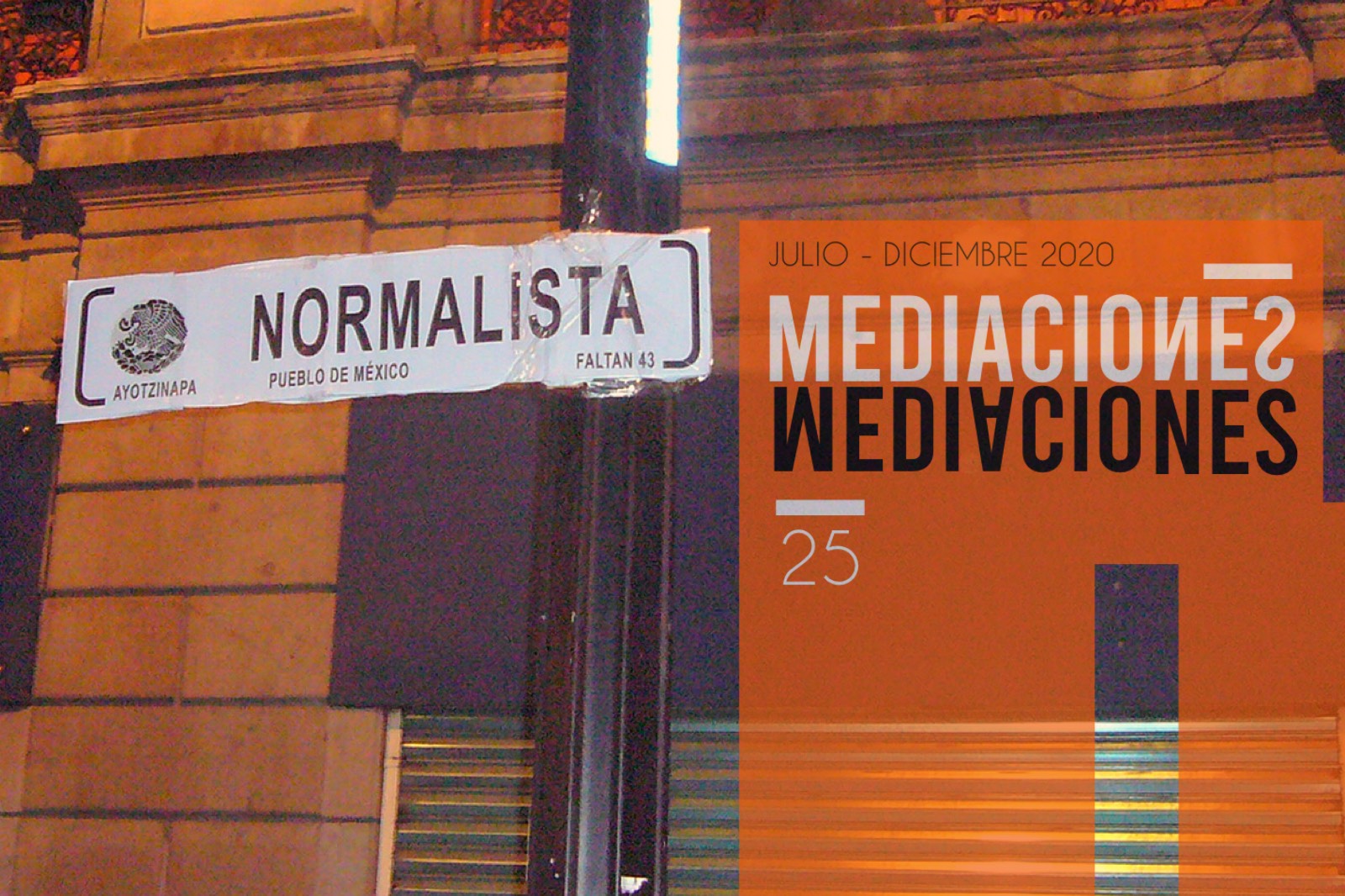Cyborgs and photography as an extension of our being
Article Sidebar

Downloads
How to Cite
Altmetrics
Article Details

This work is licensed under a Creative Commons Attribution 4.0 International License.
![]()
Revista MEDIACIONES © 2024 by Corporación Universitaria Minuto de Dios - UNIMINUTO is licensed under the Creative Commons BY.
Main Article Content
Abstract
This research analyzes the cyborg as an extension of the human body through photography as a means of communication and interaction. Likewise, it is limited to the thematic line of the Toronto School where the lack of interpretation of communicative ecology allows theoretical focus to constitute the understanding of the postulate of Marshall McLuhan (1964), which focuses on the influence of the environment. through the message. In this sense, the photographic act of Philippe Dubois (1994) consists of finding how photography resides in the irreducible medium of the act of its creation, from a qualitative methodology with a descriptive scope, its objective is to expose the facts as they are observed, to establish the reason for them. Finally, the research contributes a visual perception, which shows a link between the extensions of the body in the face of the concept of cyborg and photography, as a means of communication.
References
Barthes, R. (1980). La cámara Lucida. Barcelona: Paidós.
Barthes, R (1982). Lo obvio y lo obtuso. Barcelona: Paidós.
Bauman, Z. (2005). Vida Líquida. Barcelona: Paidós.
Bonetto, M. J. (2016). El uso de la Fotografía en la investigación social. Revista Latinoamericana de Metodología de la Investigación Social: ReLMIS, (11), 71-83. Recuperado de https://dialnet.unirioja.es/servlet/articulo?codigo=5454287
Cartier-Bresson, H. (2003). El instante decisivo. En J. Fontcuberta (Coord.). Estética fotográfica: una selección de texto (1ra ed., pp. 221-236). Barcelona: Editorial Gustavo Gili, SA.
Dubois, P. (1994). El acto fotográfico. Barcelona: Paidós
Giraldo, A. y Maya, C. (2016). Modelos de ecología de la comunicación: análisis del ecosistema comunicativo. Palabra Clave, 19(3), 746-768. Recuperado de https://www.redalyc.org/pdf/649/64946476004.pdf
Haraway, D. (1991). Ciencia, cyborgs y mujeres. La reinvención de la Naturaleza. Madrid: Cátedra.
Jojoa, C. (2019). Cyborgs, estética y discurso para alfabetización visual en materia de género desde la fotografía artística en la comunidad LGBTI de Bogotá. En Gómez, A [et.al]. (Coord.). Diseño y Creación (1ra ed., pp. 182-195). Manizalez: Universidad de Caldas.
McLuhan, M. (1964). Comprender los medios de comunicación. Las extensiones del ser humano. Barcelona: Paidos.
Monje, D. y Ortegon, N. (2016). Eugène Atget, el Cyborg de París y su relación doble vincular. ASRI: Arte y sociedad. Revista de investigación, (11), 1-7 Recuperado de https://dialnet.unirioja.es/servlet/articulo?codigo=5688686
Scolari, C. (2015). Los ecos de McLuhan: ecología de los medios, semiótica e interfaces. Palabra Clave, 18(4), 1025-1056. Recuperado de https://www.redalyc.org/pdf/649/64942535004.pdf
Ursua, N. (2016). El pensar humanístico frente a las “humanidades digitales”. Límite. Revista Interdisciplinaria de Filosofía y Psicología, 11(36), 32-40. Recuperado de https://www.redalyc.org/pdf/836/83646546003.pdf
Similar Articles
- Giordano Alvarado-Silva, INTERFACES: on the poetic imagination and other artifices of language , MEDIACIONES: Vol. 21 No. 34 (2025): January - June. COMMUNICATION AND POWER
- Guiliano Dante Seni Medina, Phenomenological analysis of the compositions of the original vallenato or minstrel musical genre , MEDIACIONES: Vol. 21 No. 34 (2025): January - June. COMMUNICATION AND POWER
- Joan Pedro-Carañana, Ángel Carrasco-Campos, Eliana Herrera-Huérfano, Thinking About Peace from Communication: From Johan Galtung's Culture of Peace to Communicative Justice , MEDIACIONES: Vol. 20 No. 32 (2024): January - June. COMMUNICATION, PEACE AND CITIZENSHIP
- Amparo Cadavid, Cicilia Krohling Peruzzo, Thomas Tufte, Reimagining Communication in World-Making , MEDIACIONES: Vol. 20 No. 33 (2024): July - December. COMMUNICATION AND SOCIAL CHANGE
- Rosalba Mancinas-Chávez, Lucía Varela Monterroso, Juan Miguel Orta Vélez, Configuración del poder global en la era digital. Actualización del panorama de los conglomerados mundiales de la comunicación , MEDIACIONES: Vol. 21 No. 34 (2025): January - June. COMMUNICATION AND POWER
- Susana Gema Alés Álvarez, Estructura de la información en la comunicación alternativa. El caso de El Salto , MEDIACIONES: Vol. 21 No. 34 (2025): January - June. COMMUNICATION AND POWER
- Gabriela Nelida Lucero, Photography for social change , MEDIACIONES: Vol. 20 No. 33 (2024): July - December. COMMUNICATION AND SOCIAL CHANGE
- Julieti Sussi de Oliveira, Tendencias en las políticas culturales locales en el siglo XXI: Un análisis comparativo entre España y Brasil , MEDIACIONES: Vol. 21 No. 34 (2025): January - June. COMMUNICATION AND POWER
- Sonia Isabel Duque Pérez, “Realidad” como Problema y “Realidad” como Solución Convergencias y Divergencias: Aproximación Reflexiva a la Comunicación y el Poder desde la Agenda Setting , MEDIACIONES: Vol. 21 No. 34 (2025): January - June. COMMUNICATION AND POWER
- Jhon Esteban Morales-Quintero, Laura Macía Álvarez, Catalina Fina Ruiz, Influence of front-of-pack nutrition warning labels on the purchase decision of fried foods and processed foods in students of the Universidad Católica Luis Amigó Medellín campus , MEDIACIONES: Vol. 21 No. 34 (2025): January - June. COMMUNICATION AND POWER
You may also start an advanced similarity search for this article.




